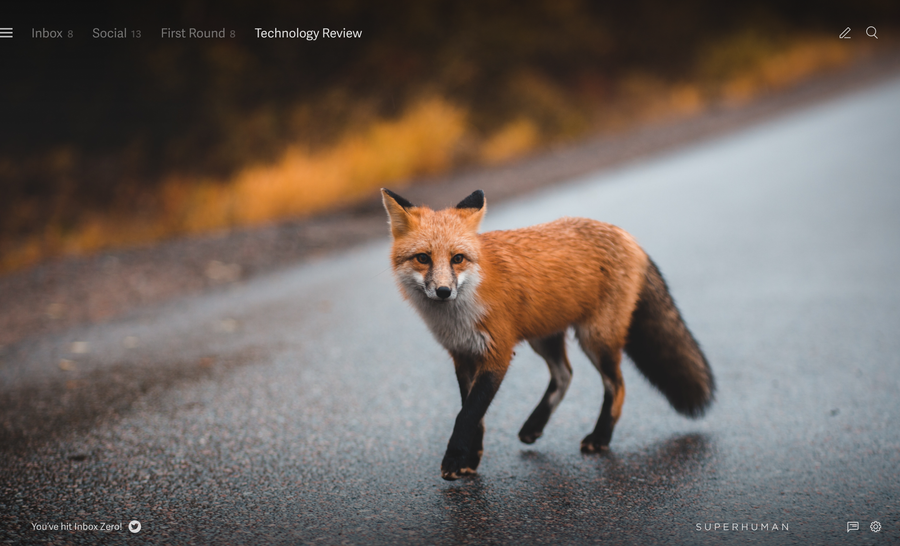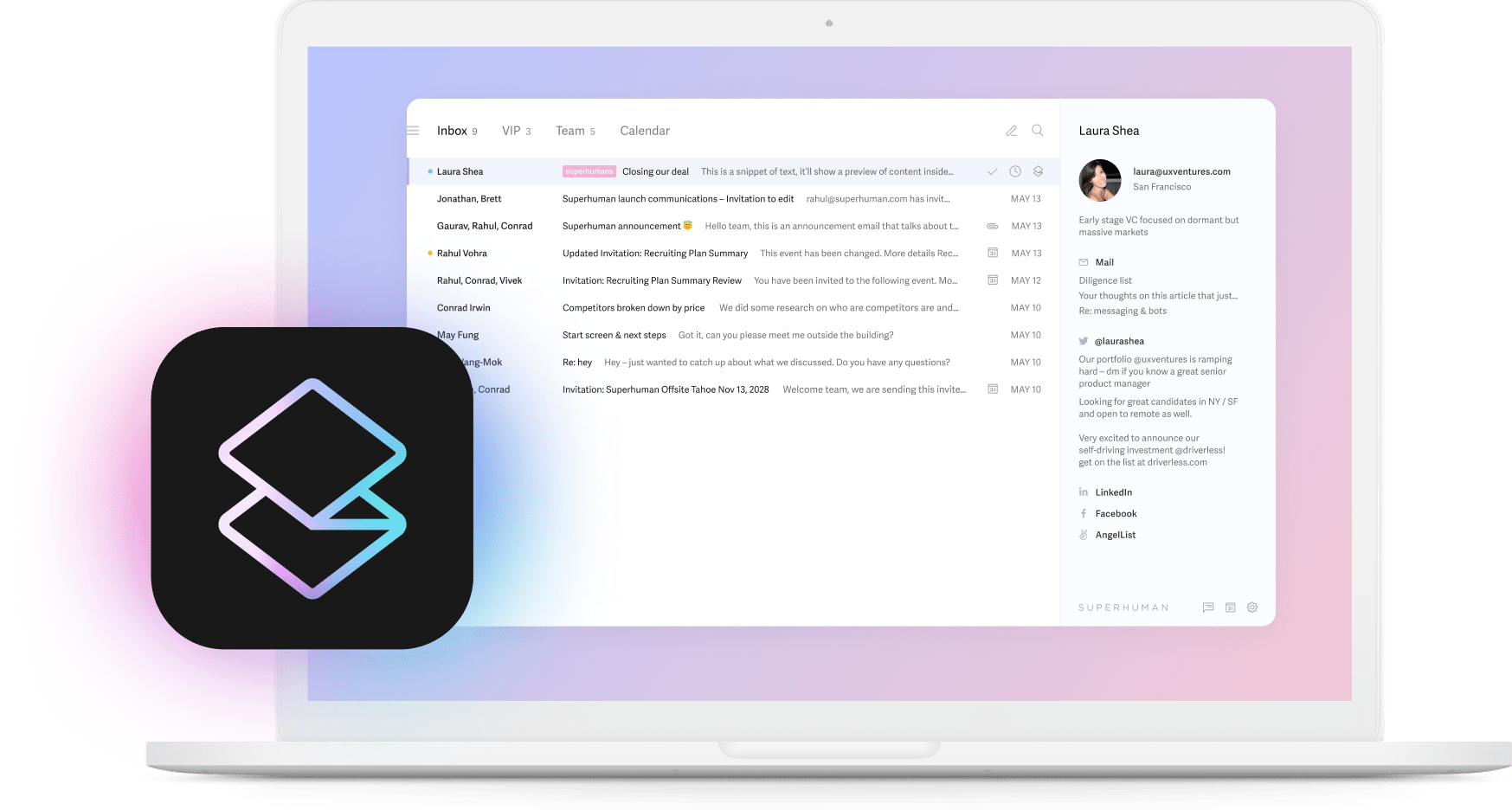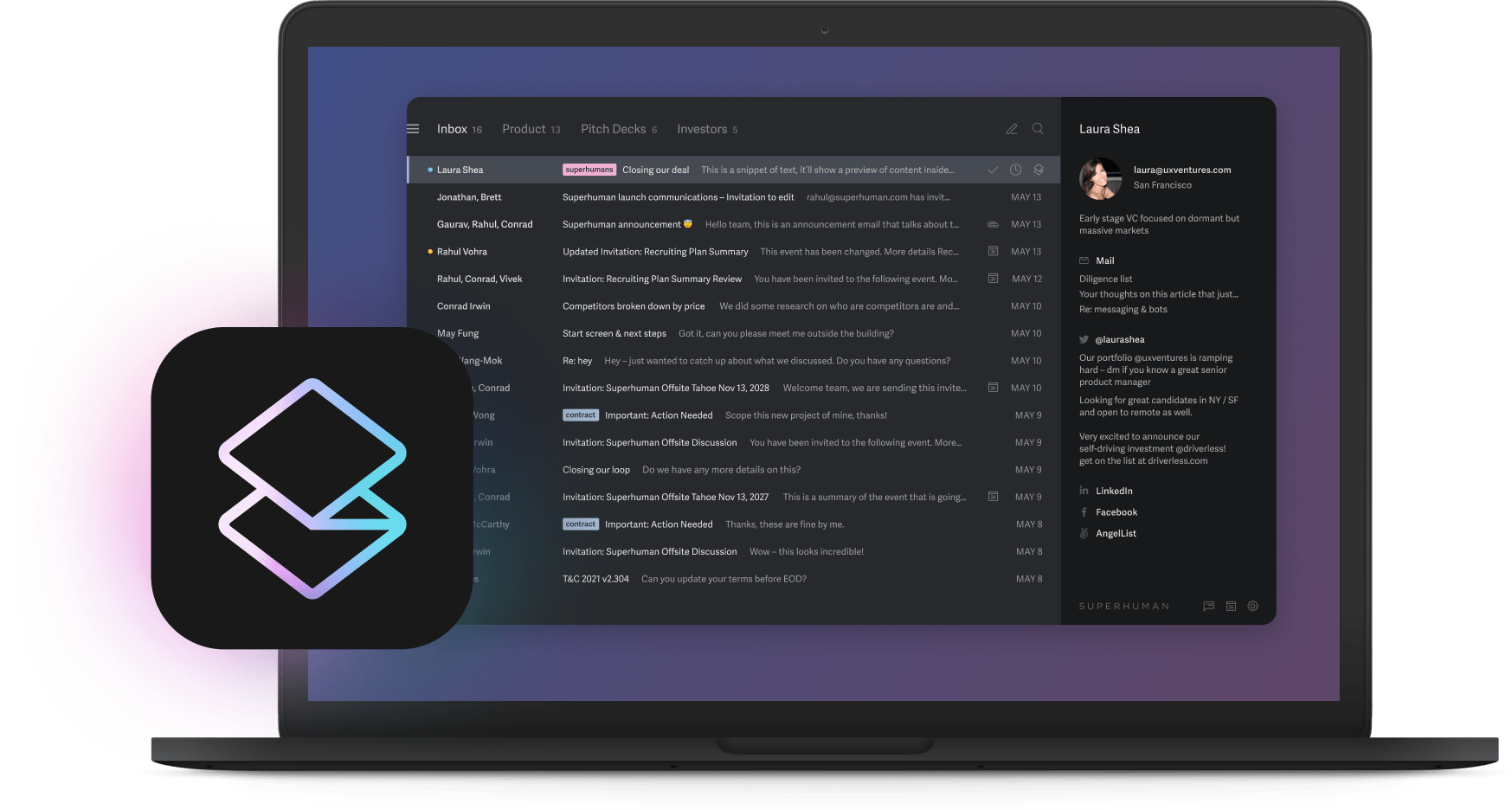
If you often send messages to the same group of people, creating a Gmail group is the right way forward. It could be your colleagues, family members, friends from a social club, or even your professional network.
In this article, you’ll learn how to create a group in Gmail to streamline group communication. We’ll cover:
How to create a group in Gmail
Gmail for Web
Gmail for iPhone
Gmail for Android
How to send an email to a group in Gmail
Managing contacts in Gmail groups
5 best practices for Gmail group emails
Wrapping up
How does Gmail group email work?
Picture yourself entering each email address manually every time you need to send a message to a specific group of people. It's not only time-consuming but also error-prone. And let's face it: who has the patience for that?
Enter Gmail groups.
By creating a group in Gmail, you can send messages to many Google contacts simultaneously by putting them into a group. When you need to email them, just choose the group name, and your message goes to everyone in that group.
This saves time and makes communication easier.
Let's say work in project management. Project managers must frequently update their team, upper management, and external stakeholders.
Create a group email and add all relevant parties. When you need to send an email update, select the group, and your email message reaches everyone. It's quick, efficient, and you no longer have to type each email separately.
How to create a group in Gmail
No matter if you're using Gmail on a computer or the Gmail app on your iPhone or Android, creating an email group is simple. While the process varies slightly on a mobile device, we'll go over it.
Gmail for Web
Here are the steps to create a group in Gmail while using the web browser or desktop version:
- Log in to your Gmail account.
- Click the dot grid button on the top right menu.
- Click 'Contacts' to view your contact list. You can also directly head to Google Contacts.
- In the left menu, click the ‘+’ icon next to Labels to create a new label. Type the name of the group in the pop-up window and hit ‘Save’.
- It’s time to add contacts to the group. Check the boxes next to the contact names you want to add to the group, click the label icon, and select the label/group name. Hit ‘Apply’.
Repeat the above steps every time you need to add a new group.
Gmail for iPhone
Here are the steps to create a group in Gmail on iPhone:
- Open the Contacts app on your iPhone.
- Tap ‘Add List’.
- Name the list and tap ‘Done’.
- Tap ‘Add Contacts’.
- From the list of contacts, select the ones you want to add and tap ‘Done’.
- Tap the envelope icon to send an email to the group.
Note: Ensure you’ve synced your Gmail contacts with the Contacts app on your iPhone.
Gmail for Android
Here are the steps to create a group in Gmail on Android:
- Open Google Contacts. (Don’t have the app? Get it from the Play Store).
- Tap the three lines on the top left corner to view the menu.
- Tap ‘Create Label’, type the group’s name and hit ‘OK’.
- Click the add contact icons on the top right and choose the contacts you want to add to the group.
Watch this walk-through video for step-by-step instructions:
How to send an email to a group in Gmail
Need to send a new email to that group? When you compose a new message, in the 'To' field, type and select the group name. And there you go — one email to multiple contacts, all at once.
Emailing groups in Superhuman Mail
Superhuman Mail saves teams 4+ hours per person every single week with powerful collaboration features.
Superhuman Mail isn't able to recognize labels in Google Contacts yet, so Google groups aren't supported. We recommend creating a Snippet in Superhuman Mail for any group you contact regularly, like so:
- Hit Cmd+K (Mac) or Ctrl+K (Windows) → Create Snippet
- Be sure to name your Snippet in the Enter description field
- Hit Cmd+Shift+O or Ctrl+Shift+O to select the To field.
- Enter the addresses you'd like to group
- Hit Cmd+Enter or Ctrl+Enter to save the Snippet
When you're ready to email this group, just hit Cmd+; or Ctrl+; to pull up your Snippets and choose the one you need. That'll start a new draft with your recipients already in the To field.
With Superhuman Mail for Teams, you can:
- Seamlessly share message snippets and pre-formatted emails within your team. This ensures that everyone is on the same page, promoting swift and consistent communication for faster work.
- Keep everyone informed with Read Statuses, providing valuable context for follow-ups. This ensures that no detail goes unnoticed, facilitating thorough and informed discussions.
- Instantly know when your team members are responding, preventing duplication of efforts and awkward overlaps.
- Gain insights into your team's availability at a glance, allowing you to schedule meetings and coordinate tasks effortlessly.
Superhuman Mail for Teams improves collaboration and boosts productivity, empowering your team to achieve more together.
Try Superhuman MailSending an email to group contacts without showing all addresses
If you’re sharing sensitive information with a closed circle or want to maintain privacy, you might want to hide the recipients’ email addresses.
In such cases, add the group name in the To field instead of adding it in the BCC field. This way, each person gets the email separately, and their email address stays private within the group. It's an easy way to send messages while concealing the email addresses.
Managing contacts in Gmail groups
Add contacts to a group in Gmail
Need to add contacts from a group in Gmail? Here’s how to do it:
- Open ‘Contacts’ in Gmail.
- Check the boxes next to the contacts you want to add to the group, click the label icon, and select the label/group name. Hit ‘Apply’. The contacts have been added to the group.
If the contacts don't exist in your Google Contacts, you can add your mailing list or distribution list by uploading a CSV file. If you’ve saved your email list as a Google Sheet, download it as a CSV file first.
- Open Gmail. Click ‘Import’ on the left sidebar of the Google Contacts page.
- Click ‘Select file’ and hit ‘Import’.
This is particularly useful when you run an email campaign or send a newsletter targeting a specific email account group.
Remove contacts from a Gmail group
To remove a contact from the group, follow these steps:
- Go to the Google Contacts page.
- Click the group name (under Labels) on the left sidebar.
- Select contacts you want to remove and click on the three dots beside their name. Click ‘Remove from label’.
5 best practices for Gmail group emails
Creating a group in Gmail is a practical way to handle group communication (and your Gmail inbox) and send mass emails. But how do you make it work for you and enhance the group email experience?
Let's explore some best practices for efficient and organized email communication.
Create clear group labels
Choose clear and descriptive label names for your Gmail groups.
A clear group label simplifies the identification of the group’s purpose. The label should convey its function whether it's your work team, family, or a hobby club.
Maintaining a tidy naming system becomes increasingly crucial as the number of groups grows. You can easily organize and manage your groups with well-defined group labels.
Opt for names that indicate the purpose or members of the group. For example, "Marketing Team" or "Summer ‘24 Holiday Planning".
Avoid ambiguity in your group labels, as unclear ones may lead to miscommunication. A clear label avoids situations where you might accidentally send an email to the wrong group due to a misunderstanding of its purpose.
Hit ‘send’ too soon? Gmail gives you the option to unsend an email and undo the action.
Update group members regularly
Teams evolve, family dynamics change and social circles shift. Regular updates ensure that your groups mirror the current members.
The last thing you want is to overlook sending messages to someone. Or worse, spam members who are no longer relevant.
When changes occur, make it a point to update the contacts in your Gmail group. Setting up a quarterly or monthly schedule for reviewing group members is also a good idea. This way, you can add or remove contacts so your groups remain accurate and effective.
Pro Tip: Block time in your calendar so you remember to do it.
Use BCC when required
Using BCC (Blind Carbon Copy) in group emails helps keep members' email addresses private from each other. This is especially useful when keeping things confidential, private, and discreet is essential.
Imagine you’re part of the HR department and must share a sensitive organizational change with the impacted employees. Here, using the BCC feature to protect everyone’s privacy makes sense.
Another benefit of using BCC is that it stops unnecessary reply-alls. Each person gets the email separately, so you don't end up with too many responses sent to everyone in the group.
Recommended Reading: CC vs BCC in Email
Communicate the purpose of the group
Created a group in Gmail? Start things off right by sharing why the group exists and any guidelines for interaction.
Provide a brief description so everyone understands its intended use and contributes to more effective communication.
When the purpose is clear, members can use groups more efficiently. This minimizes irrelevant messages and keeps communication focused.
Encourage group members to ask questions if they need clarification about the group's purpose, ensuring everyone is on the same page.
Remember: When you add new members, inform them about the group and its purpose.
With Snippets, you can automate typing and save time. Create saved emails and share these templates with your entire team.
Tailor messages to the group
Nobody enjoys getting messages that don't matter to them. If you’re sending a bulk email to the group, ensure it resonates with everyone in it. This way, they are more likely to engage and actively participate.
For instance, imagine sending a message to the group that only applies to some members. It could leave the rest feeling disconnected and unsure.
Before you hit send, ask yourself:
- Is this message relevant to every group member?
- Will everyone find it helpful?
If the answer to both questions is no, don’t send it to the group.
Tailoring your message ensures every team member feels included and interested, avoiding the hassle of getting messages that don't quite fit their role or responsibilities.
Wrapping up
Creating groups of contacts in Gmail is a practical solution for efficient email communication.
Here’s a quick recap of the benefits of using Gmail groups:
- Saves time — no need to type the same email again.
- Keeps contacts organized, making emails easier to manage.
- Everyone in the group gets the message at the same time, so no one misses out.
- Customize messages to fit what the group is interested in, keeping messages relevant and interesting.
Use groups in Gmail to save time, stay organized, and engage your contacts effectively.
And if you're looking to take your team's email communication to the next level, try Superhuman Mail today. Improve collaboration, move faster, and respond quicker with Superhuman Mail for Teams –– it saves teams over 10 million hours annually!





